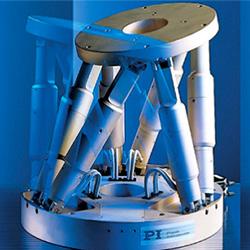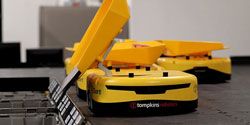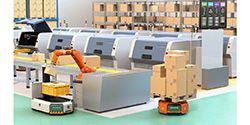Robotics Providers: Challenges and Opportunities in a Dynamic Industrial Equipment Market
In this blog post, we'll explore some of the key trends and challenges facing robotics providers today, and offer insights into how they can navigate this dynamic landscape to build successful businesses.
Lowering the Barrier to Entry with "Robotics-as-a-Service" (RaaS)
Selecting an automated solution based on an understanding of how that solution benefits a customer's business operations, with accurate simulations and modeling, will lay the foundation for success.
Is RaaS the way to go?
Back in 2017, the International Data Corporation (IDC) predicted that 30 percent of commercial robotic applications will be in the form of Robots as a Service (RaaS) by 2019. Was this forecast accurate?
Records 1 to 3 of 3
Featured Product

PI USA - Hexapods for 6-Axis Precision Automation
PI Hexapods simplify multi-axis alignment / positioning with a programmable pivot point, tool/work coordinate systems, virtual programming software.



